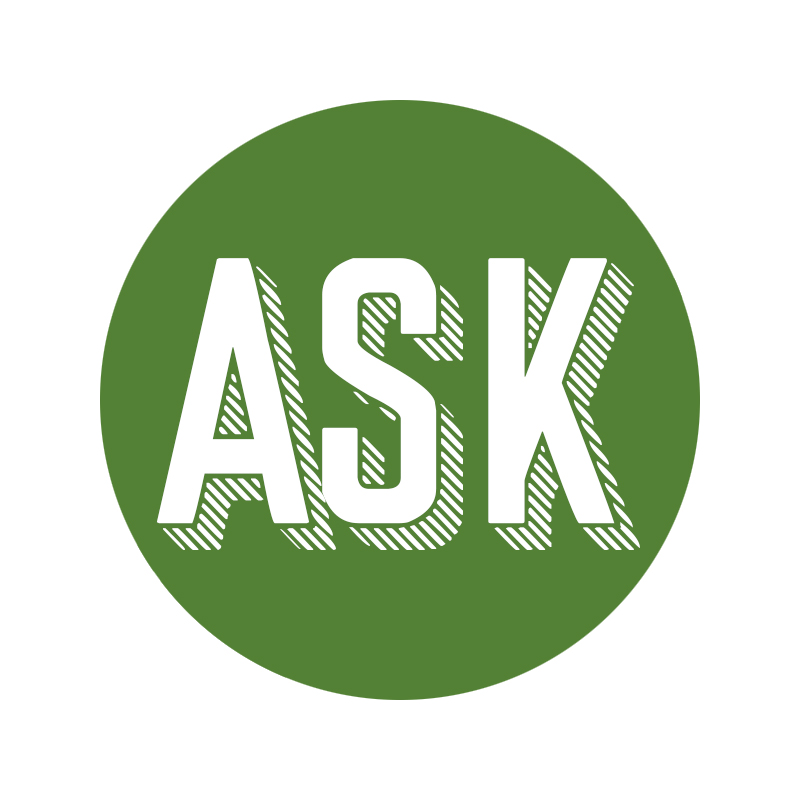Burmese reforms haven’t stemmed flow of refugees to Washington

President Obama is on his way to Burma (aka Myanmar) on Monday for a six hour visit that will be the first by any sitting US president in history.
According to Reuters, in advance of the visit the Burmese government plans to release some 452 prisoners, some of them political prisoners who will be granted amnesty upon release.
In the last few years, the Burmese government, long considered one of the world’s most repressive, has implemented a number of democratic reforms.
But despite these changes, Washington’s Burmese refugee population has continued growing steadily over the last two years, and still makes up the largest incoming refugee population in the state, ahead of both Iraqis and Somalis.
So where are they all?
I wanted to find out what Seattle’s Burmese refugee community thought about the changes in their home country, but I didn’t know where to start. I envisioned visiting local Burmese Buddhist temples and finding Burmese food joints lining the streets of the International District, but found nothing but more Thai and Vietnamese restaurants.

One of my colleagues recommended “Forced to Flee: Visual Stories by Refugee Youth from Burma,” an exhibit at the Seattle Art Museum curated by Erika Berg, a volunteer for Refugee Youth Empowered. The group seeks to serve as means of therapy for refugee children and adults.During group meetings, group members create art together to tell their stories.
Berg explained that I’d been looking in the wrong place.
A thriving Burmese population has settled south of Seattle, in Kent, drawn there by lower housing costs and the wide array of services available for refugees and immigrants, including a large and ethnically diverse school district and Kent’s Refugee Transition Center, which helps refugee families enroll their children in school.
The goal of these transition programs is to ease refugee and immigrant children into their diverse community. In the Kent school district, refugee students go through the English Language Learners program, which seeks to add English to one of the many languages spoken by the refugees.
Aside from getting kids into school, Berg, who also works for the Refugee and Immigrant Children’s Program, seeks to help the resettled forge a community in the diverse town. But they also see the importance of introducing newer refugees into groups with similar values.
“If they speak the same language or have the same religion, they will have an automatic support system,” she says.

One such support system is at the Kent Covenant Church, where several different Burmese ethnic groups, including the Karen and Chin, hold Sunday afternoon mass. Both groups come from Eastern Myanmar, where they share their border with Thailand.
When I stopped in for Sunday services, I found the Karen mass in the gymnasium behind the church’s preschool. The large room was lit up like a basketball court with a stage and small sound system.
After mass, one of the group leaders introduced me to Simon Po. He frequently ran a hand through his greying hair and had a nervous, but friendly energy about him. She gave Po a pat on the back, in a sense of throwing him into the deep end, and patted him on the back.
“He speaks very good English,” she said, patting Po on the back
I don’t know if she was reassuring him or me. Either way, Po’s nervousness quickly faded away as he began telling me his story.
Po decided to leave Burma (as he still calls it) in the 1980s when the Rangoon University student uprisings began. He and two friends headed to the Thai border “for adventure, but because it was safer too.”
He remembers nearing the border: “What do you call that? Everything chaos. There was no transportation. You can’t go straight where you want to go.”
When you leave Burma, explained Po, people are afraid of getting in contact with you. They are wary because you could be involved with an anti-government group. Police would take you to prison just for associating with that person.
Just recently, Po said, he finally reconnected with his younger brother after 20 years. He too had fled the country and had been living in Saudi Arabia.

Po introduced me to Ma Myaw, a member of KCC’s Karen congregation, who was sitting with her son as grinned up his stroller.
Myaw moved to Seattle almost two years ago from a Thai refugee camp. During an uprising many years ago, Po explained, her village was burned down by Burmese troops. From there, she fled with her two sons and her mother across the Thai border to one of the refugee encampments.
In the camp, she said, she considered herself lucky because her labor was limited to planting tree nuts and serving as a porter in a Thai cardamom orchard.
The tragedies she faced after leaving Myanmar are still part of her daily life. Separated by unrest in the camps, Myaw left behind a son and her mother in Thailand.
When I asked whether she would return, Myaw hesitated for a moment and looked at her newest son, William Hu, who was watching me from his stroller. She explained that she could never go back because she “didn’t know how to anymore.”
Returning would mean having money and applying for a green card, which would be difficult for her, she said. Not to mention that her son William Hu, was born with Down syndrome and congenital heart disease.
“Here, there are more chances for him,” she said as William giggled up at the three of us.

0





Recent Comments